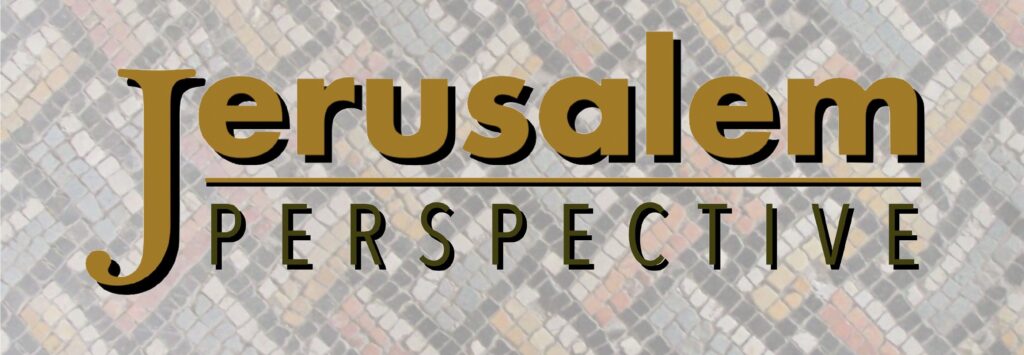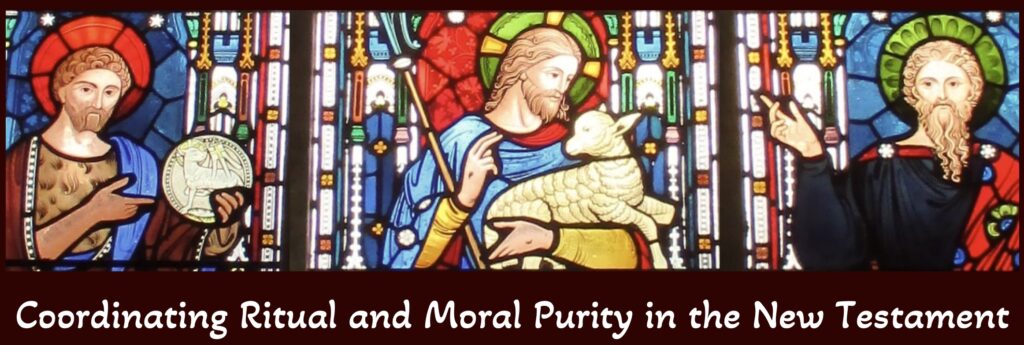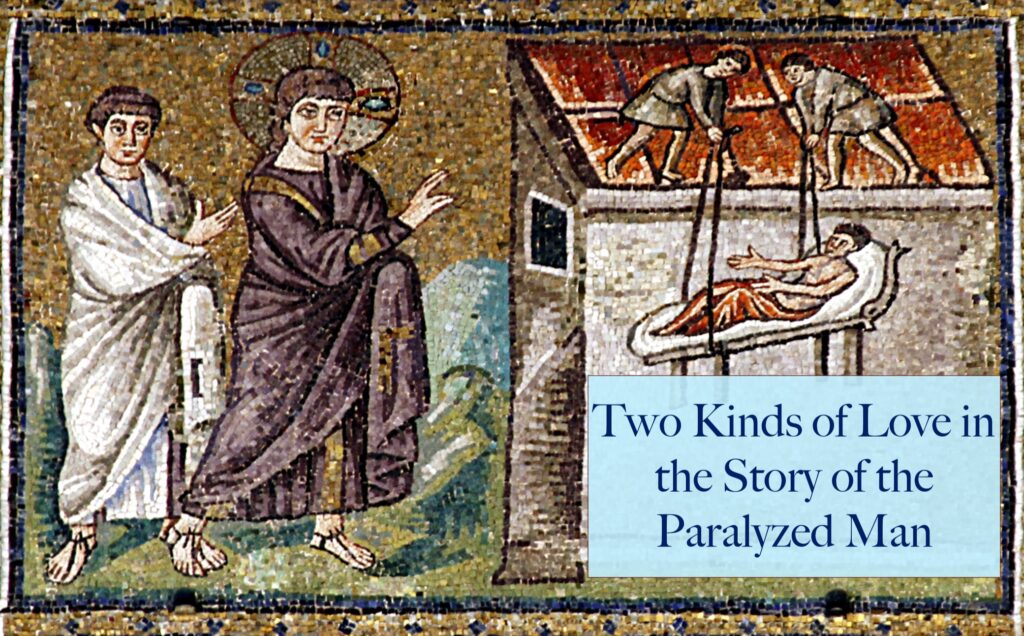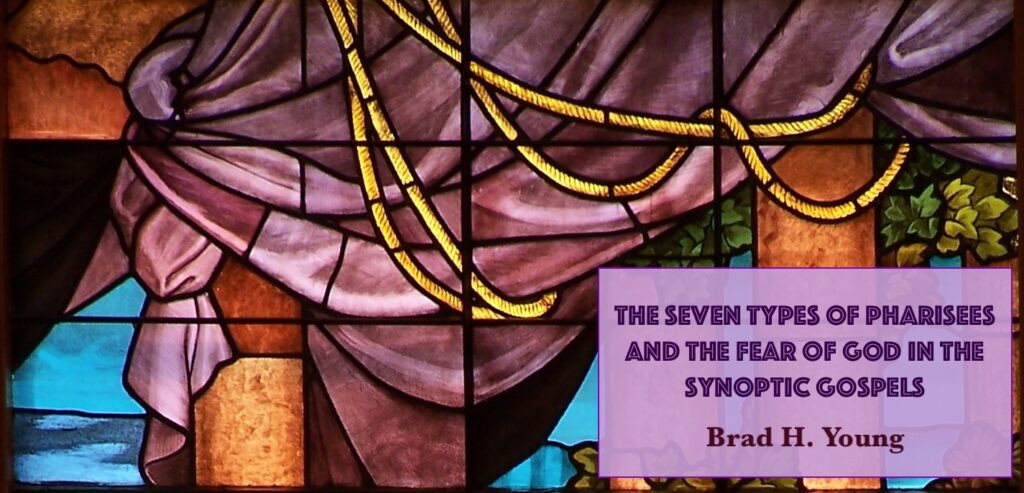Updated: 29 February 2025
Question from a JP reader:
Do you know anything about the following Hebrew tradition?
John 20:7 tells us that the napkin that was placed over the face of Jesus was not just thrown aside like the grave clothes. The Bible takes an entire verse to tell us that the napkin was neatly folded, and was placed at the head of that stony coffin. Is that significant? Absolutely!
In order to understand the significance of the folded napkin, you have to understand a little bit about Hebrew tradition of that day. The folded napkin had to do with the master and servant, and every Jewish boy knew this tradition.
When the servant set the dinner table for the master, he made sure that it was exactly the way the master wanted it. The table was furnished perfectly, and then the servant would wait, just out of sight, until the master had finished eating, and the servant would not dare touch that table until the master was finished. If the master was done eating, he would rise from the table, wipe his fingers, his mouth, and clean his beard, and would wad up that napkin and toss it onto the table. The servant would then know to clear the table. For in those days, the wadded napkin meant, “I’m done.”
But if the master got up from the table, folded his napkin, and laid it beside his plate, the servant would not dare touch the table because the servant knew that the folded napkin meant, “I’m not finished yet.” The folded napkin meant, “I’m coming back!”
He (the master, Jesus) is coming back! Hallelujah!
David Bivin responds:
Like an urban legend, such fanciful notions spread rapidly across the Internet, one author copying the words of another, but altering the text slightly and sometimes adding to it. (Try, for instance, a Google search for “napkin over the face of Jesus.”) Apparently, none of the perpetrators of this hoax offers any evidence for such assertions. None cites a biblical or rabbinic source. To the readers, it sounds good, it feels good, and so it must be true.
The word translated “napkin” or “face cloth” in some translations of John 20:7, σουδάριον (soudarion), is a Latin loanword, sudarium (see the entry σουδάριον in A Greek-English Lexicon of the New Testament and Other Early Christian Literature.) It was a small cloth corresponding to the rabbinic מִטְפַּחַת (miṭpaḥat), our modern “handkerchief.” In the New Testament the Greek word soudarion appears three other times: at Jesus’ command, Lazarus came forth from his tomb, his face wrapped with a soudarion (John 11:44); the slave whom his master entrusted with a mna hid it wrapped in a soudarion (Luke 19:20); and the handkerchiefs that were carried from Paul’s body, which contained the power to heal the sick and exorcize demons, were soudaria (the plural of soudarion) (Acts 19:12).
The questions that come to mind upon hearing the explanation of “the folded napkin and the slave” are:
- Were napkins used in first-century Israel, that is, after a meal did people wipe their hands on a cloth to clean them?
- Washing of the hands before a meal was mandatory according to rabbinic injunction, but after washing their hands, did people dry them with a cloth? Apparently, there is no early rabbinic source that discusses how the hands were dried after washing them. The folding of the napkin as a sign that a dinner guest was finished may be good European custom, but it appears this custom was unknown in the land of Israel in the time of Jesus.
I suspect that after washing his hands Jesus didn’t dry them on his sleeve or another part of his garment. He probably wouldn’t have wanted to dry his hands on anything, since while eating he used his fingers as spoon and fork. Apparently, the Greeks of old also used their hands for eating, since there are no ancient Greek words for “fork” and “spoon.”
Summary
If first-century Jewish residents of the land of Israel used table napkins, and if there were such a custom as described, and if the handkerchief mentioned in John 20:7 were a table napkin, and if the Greek word entetyligmenon meant “having been folded” rather than “having been wrapped up,” then we might be able to swallow this. I would guess that the detailed description of this supposed custom is an invention triggered in someone’s fertile mind by the archaic KJV translation, “napkin.”
JP’s Staff Writer Adds a Comment:
The theory of the significance of the “napkin” in Jesus’ tomb is a good opportunity for us readers of Scripture to sharpen our critical thinking skills. We now live in an age of disinformation and conspiracy theories when we certainly don’t want to believe everything we hear on a podcast or read on the internet, not, at least, without checking our sources. It’s important to ask ourselves: Have we learned how to spot a conspiracy theory or an “urban legend” when we see one? The “napkin” theory bears several marks of disinformation.
- The “napkin” theory scratches an itch. In John 20:7 we encounter something we don’t immediately understand—the folded “napkin”—and we assume it must have significance. But is this assumption a safe one? Maybe the folded “napkin” isn’t trying to communicate something, maybe it is simply reporting an incidental detail. For instance: Is it significant that the tree Zacchaeus climbed was a sycamore? Does the tree’s species have some deep spiritual significance, or did it just happen to be the nearest tree that was easiest to climb? The same holds with the “napkin.” Why does it have to communicate a spiritual lesson? Is there really something there in the text, or are we just scratching an itch?
- The “napkin” theory relies on unsourced data. We are blessed with numerous sources that inform us about life in the Second Temple period: the Dead Sea Scrolls, the works of Philo and Josephus, rabbinic literature, and the New Testament itself offer a wealth of knowledge about what daily life for ancient Jews in Israel was like. But the “napkin” theory doesn’t rely on any of these sources. It vaguely refers to a “Hebrew tradition” that no one can actually point to. This lack of corroboration should set off alarm bells. If a theory scratches an itch and it relies on unsourced data, then we should start to get suspicious that we’re dealing with false information.
- The “napkin” theory doesn’t hold up to scrutiny. When you think about it for a moment, the “napkin” theory doesn’t make sense. It is clear that the “napkin” that covered Jesus’ head wasn’t for use at a dinner table, it was part of the grave clothes that covered Jesus’ body. Jesus wasn’t eating a meal in the tomb, so table etiquette can’t help us determine the significance of the folded “napkin,” if there is any significance to it at all.
- The “napkin” theory works in our context, but not in the original context. The only reason the “napkin” theory works is that in our English-speaking context a “napkin” is usually an item that is used at the dinner table. So we jump from thinking about grave clothes to thinking about table manners. But the Greek term σουδάριον (soudarion), like the Latin term sudarium, refers to a face cloth for wiping sweat from the brow. It could also be used as a face covering or shroud for a burial. “Napkin,” in other words, is a misleading translation. A soudarion is like a napkin in that it is a small piece of cloth, but it is unlike a napkin in that napkins are used at meal times, a soudarion is not. But the “napkin” theory runs wild with connotations that are appropriate to the use of “napkin” in an English-speaking context, but is nonsensical in the original Greek context. In order for an interpretation of the Bible to be true it must make sense in the original language. Interpretations of English translations that do not make sense in the original languages of Scripture are, of necessity, false.
- The “napkin” theory offers the promise of secret knowledge. Being in the know makes us feel good. It gives us insider information that other people don’t possess and it makes us feel as though we have attained a deeper insight than other people have achieved. This is the allure of secret knowledge. But such secret knowledge typically has a way of reinforcing what we already believed to be true. It confirms us in our previously held beliefs. Real knowledge challenges us. It doesn’t confirm our biases, it expands our horizons. New knowledge often makes us uncomfortable because it doesn’t fit neatly into the confines of our preconceived notions. True knowledge humbles us by challenging us to think more deeply, but secret knowledge makes us smug.
The false interpretation of Jesus’ folded “napkin” relies on doubtful unsourced information about table manners that doesn’t even apply to burial customs, but rests on unsound associations with the English word “napkin.” It doesn’t hold up to the least scrutiny and should be dismissed out of hand. But you don’t have to take our word for it. Use your critical thinking skills to judge whether the “napkin” theory is true or whether it’s leading you down the garden path.
Takeaway
Secret knowledge that can’t be sourced but that scratches an itch may seem satisfying, but it is ultimately hollow. Falling prey to biblical hoaxes can even be harmful because it distracts us from what is important with what isn’t true, and it makes us complacent in our preconceived notions. And when we get complacent about the truth, then we become easy targets for further deception. But, as the Gospel of John says, the truth will set you free (John 8:32).
Another JP article that confronts the problem of misinformation and disinformation in Biblical Studies is the essay by Magen Broshi entitled “From Allegro to Zeitlin,” which you can read at this link: https://www.jerusalemperspective.com/1560/.

To learn more about daily life in the time of Jesus we recommend reading any (or all) of these Jerusalem Perspective articles:
Or check out some of these titles from the Jerusalem Perspective bookstore:
And check out these recent JP articles:
- Coordinating Ritual and Moral Purity in the New TestamentTaking another look at how John the Baptist, Jesus, and the Apostle Paul related to issues of ritual and moral purity.
- Two Kinds of Love in the Story of the Paralyzed ManTwo kinds of love operate in the story of the paralyzed man. One kind of love is inclusive and redemptive, the other is exclusive and destructive. Which kind of love will prove victorious?
- Character Profile: BeelzebulGet acquainted with this mysterious and sinister figure.
- What’s Wrong with Contagious Purity? Debunking the Myth that Jesus Never Became Ritually ImpureThe view that Jesus could not be affected by impurity and that Jesus was able to spread his purity to others is based on faulty assumptions and invalid inferences.
- The Seven Types of Pharisees and the Fear of God in the Synoptic GospelsAncient Jewish sources attest to a debate over which motivation for keeping the commandments—fear or love—was most highly to be esteemed. This debate surfaces, among other places, in the Talmudic discussions of the seven types of Pharisees. These seven types and the debate over love versus fear illuminate important aspects of Jesus’ teaching.
- The Sin Against the Spirit: Matt. 12:31-32; Mark 3:28-29; Luke 12:10Jesus’ saying about the sin against the Holy Spirit belongs to developing Jewish ideas regarding the gradation of sin and punishment. It also reflects his high self-awareness.













































































































Comments 6
Angels must have unwrapped Jesus from the linen wrappings beginning with the face cloth (wrapping). Jesus’ body was probably prepared as was Lazarus’ body “…with wrappings, and his face was wrapped around with a cloth.” Linen was often used as a burial cloth or wrapping but I doubt that expensive linen would have been used as a napkin. I think the face wrapping was strips wrapped around the head and would have been left wrapped up. We know how thoughtful and neat angels are, they would not have wadded either up and left them lying. They rolled or lifted away the stone they didn’t kick it open.
–Jim Page
I’m not sure I would go so far as to say the angels removed the burial cloth off of Christ. It was the Holy Sprist that raised Him from the dead so, I’m sure Christ, Himself could have removed the garment or they may have fallen of when He was raised. Also, the Bible does not mention that the covering was in strips, it appears to be whole, read only what is there. The last thing, the Scriptures points out the the napkin that was on our Lord’s head was by itself. Seems to be a reason for that. That is the first thing mention that is seen when Peter enters in, the linen cloths lie but the napkin that was on His head was not with with them. Why is that made know? Just a thought.
Nowhere does it say the Holy Spirit raised Jesus from the dead. But Jesus himself says, “No man can take my life from me, I lay it down and I will pick it up again. “
…[Jesus] was declared to be Son of God in power according to the Spirit of Holiness by the resurrection of the dead. (Rom. 1:3)
“And if the Spirit of him who raised Jesus from the dead is living in you, he who raised Christ from the dead will also give life to your mortal bodies because of his Spirit who lives in you” (Rom 8:11).
If jesus in his resurrected body can walk through a closed door to be with the apostles, he doesn’t need the help of angels to get out of the grave clothes.